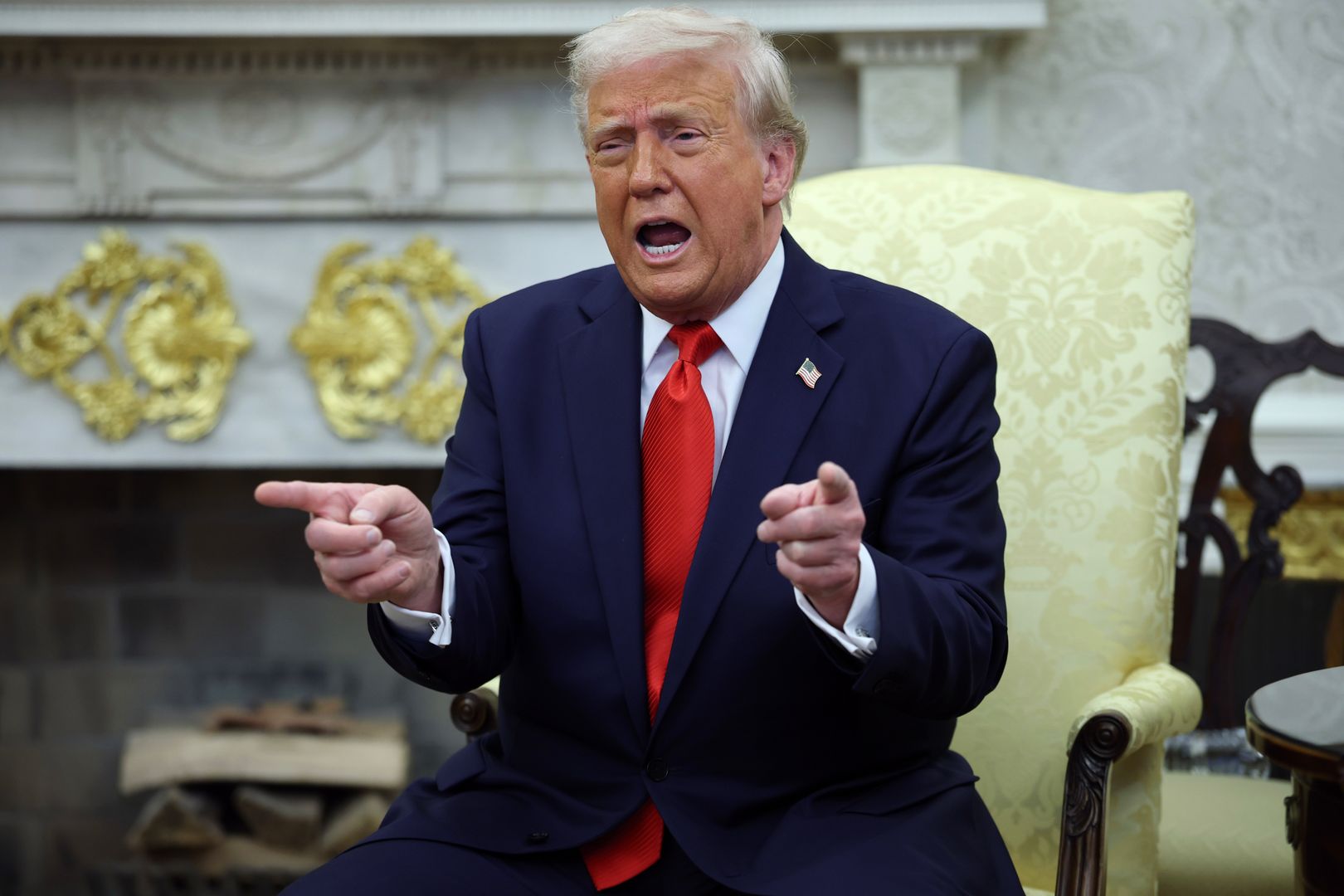
Polyhedra, a crypto protocol whose company reached unicorn status last year, is promising a buyback plan and additional steps to rebuild trust in the crypto community, days after its token fell more than 80% within minutes.
“Now we need to figure out the current situation and we need to prevent future financial attack,” founder Tiancheng Xie wrote in an X post earlier Tuesday.”
“We will buy back more,” Xie added.
On June 15, ZKJ plunged from roughly $2 to just 32 cents in under an hour, losing nearly $500 million in market cap.
An initial post‑mortem released in Asian morning hours laid out various factors resulting in the collapse, including a supposed coordinated liquidity attack on PancakeSwap’s ZKJ/KOGE pool, substantial ZKJ deposits by market-making company Wintermute into centralized exchanges, and a cascade of liquidations on CEXs like Bybit.
On-chain data reveals that several addresses had drained millions from the ZKJ/KOGE pool. One removed about $4.3 million in liquidity provider (LP) tokens and dumped 1.57 million ZKJ; others followed, unloading close to 1 million ZKJ each.
When the shallow KOGE/USDT pool couldn’t absorb the sell pressure, activity spilled over into the deeper ZKJ/USDT pool, triggering a liquidity spiral, the team claimed.
Further pressure came from a Wintermute-associated address that deposited over 3.39 million ZKJ into centralized exchanges in the crash window, the team said. However, in an X post, Wintermute co-founder Evgeny Gaevoy said the team was selling spot and going long via ZKJ-tracked futures.
As spot prices collapsed, roughly $94 million in leveraged long positions were liquidated between 12:00 and 14:00 UTC, including multiple six-figure margin calls that compounded the crash.
To stem the hemorrhage, Polyhedra’s team injected approximately $30 million in USDT, USDC, and BNB as DEX liquidity. It added that no ZKJ holdings belonging to the team were sold.
Polyhedra affirms it’s conducting a full technical investigation, and its upcoming buyback initiative aims to both offset the attack’s impact and deter similar future exploits.
Token prices rose by more than 50% following the release of the crash report, but all gains were reversed throughout the day, and prices are now up just 1.3% over the past 24 hours.



